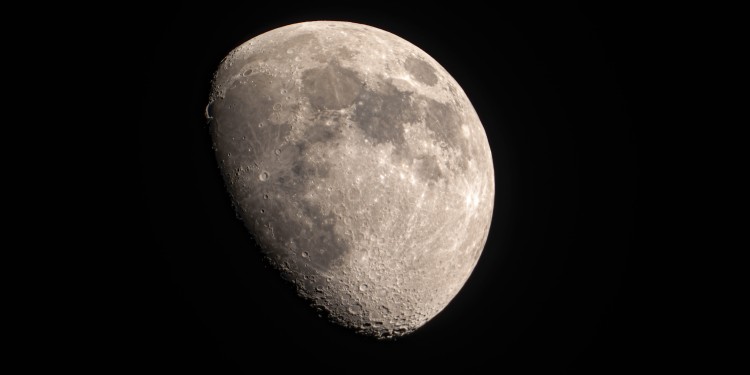
Scientists unravel the origin of Titanium-rich lunar basalts
Their high Ti contents are ultimately believed to be derived from a distinct mineralogical layer formed as part of the unstable crystal pile that constituted the lunar interior following solidification of a magma ocean, shortly after Moon formation. However, models to date have been unable to reproduce magma compositions with anomalously high Ti that also exhibit other appropriate chemical and physical characteristics, not least sufficiently low density to allow their eruption.
Scientists from the University of Münster, together with colleagues from the University of Bristol, show convincingly that a key step in creating and erupting these distinctive magmas is partial reaction of initial melts from a Ti-rich source with more abundant components of the lunar interior. This is shown through high-temperature experiments and a finger-print of incomplete reaction provided by documenting a distinctive isotopic composition of the element magnesium. These combined lines of evidence clearly illustrate the process of melt-solid reaction that creates the archetypal lunar high-Ti basalts, simultaneously explaining their composition and density. This new understanding resolves a major puzzle in lunar geology. The results have now been published in the scientific journal "Nature Geoscience".
Original publication
Klaver, M. et al. (2024). Reactive flow in the lunar mantle shapes the composition of high-Ti melts. Nature Geoscience. DOI: 10.1038/s41561-023-01362-5
